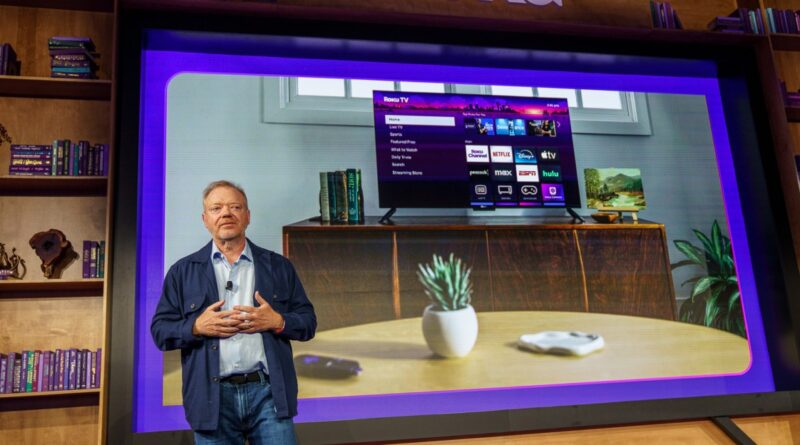Roku says its ads aren’t meant to be ‘interruptive’ after controversial test
Last month, Roku ensnared itself in controversy after customers quickly complained about a limited test where an advertisement for Moana 2 started playing as soon as the company’s products were powered on. Across Reddit and other social media channels, people threatened to ditch their devices if Roku repeated such an experiment. The message, at least from some customers, was clear: dial it back.
Roku users have come to accept ad banners on the homescreen and in other areas of the OS in exchange for inexpensive hardware. There are sponsored items scattered throughout the company’s signature Roku City screensaver. If you want a $30 or $40 streaming player, ads are just part of the deal, and they’re vital to Roku’s business. Ad revenue will grow even more important as tariffs threaten to disrupt Roku’s hardware costs. But a full-screen takeover stirred an angrier, more powerful reaction.
So after today’s product event concluded, I briefly chatted with Jordan Rost, who leads ad marketing at Roku, about the kerfuffle. Ads weren’t mentioned at any point in the presentation, which focused on Roku’s latest streaming sticks, 2025 TV lineup, new battery-powered smart home cameras, and software improvements. The company brought in chef Masaharu Morimoto to carve up and serve sushi to attending media. Roku even had adoptable puppies on hand at the event. That’s a first, though I support the concept.
Rost didn’t say as much directly, but it’s apparent that Roku was keenly aware of the bubbling up of complaints. “Advertisers want to be part of a good experience. They don’t want to be interruptive,” he told me.
“We’re always testing. We listen to consumer feedback, we do all of our own A/B testing on the platform. We’re constantly tweaking and trying to figure out what’s going to be helpful for the user experience.”
Rost said “all the advertising we employ is meant to be additive to the consumer experience — everything from brands showing up in Roku City to ads on our home screen that help guide people towards content they love.” The Moana 2 test, in theory, was meant to cover that second point. But based on the customer outcry, Roku’s execution was more bothersome than helpful, even if it was possible to exit out of the ad.
I also asked Rost about some Roku patents that hint at the company possibly injecting ads onto the video feed from other devices plugged into a Roku TV over HDMI. He said Roku’s own platform is the “primary” focus of its ads strategy. But last month’s misstep isn’t going to stop the bigger plan to keep pushing to make ads more shoppable, interactive, relevant, and “delightful.”
And if any of that makes you shudder, there’s always the Apple TV 4K.





